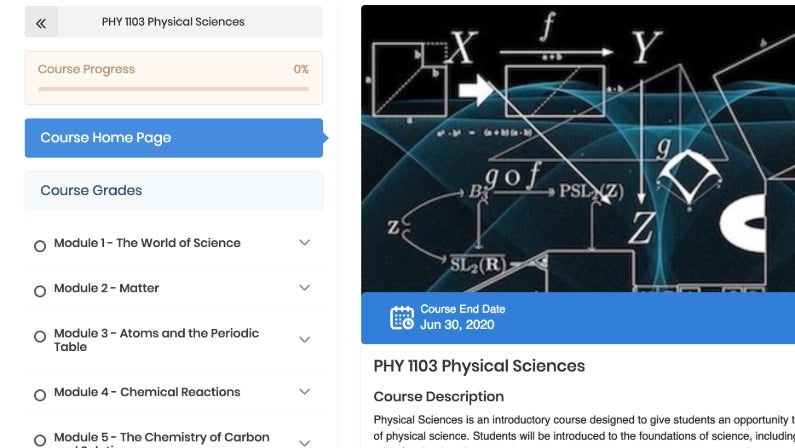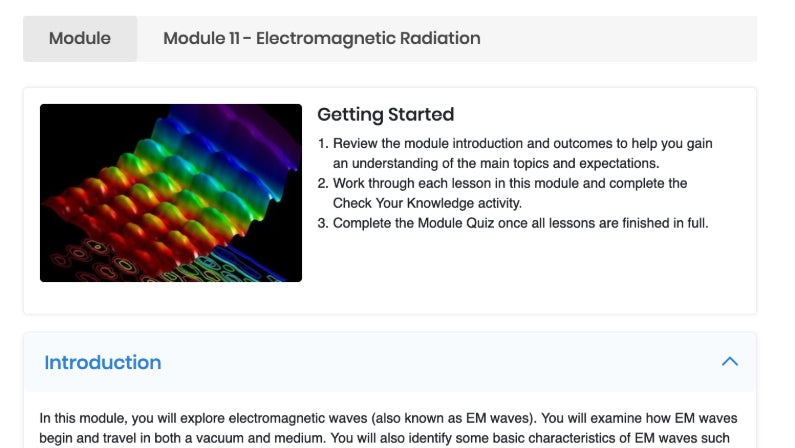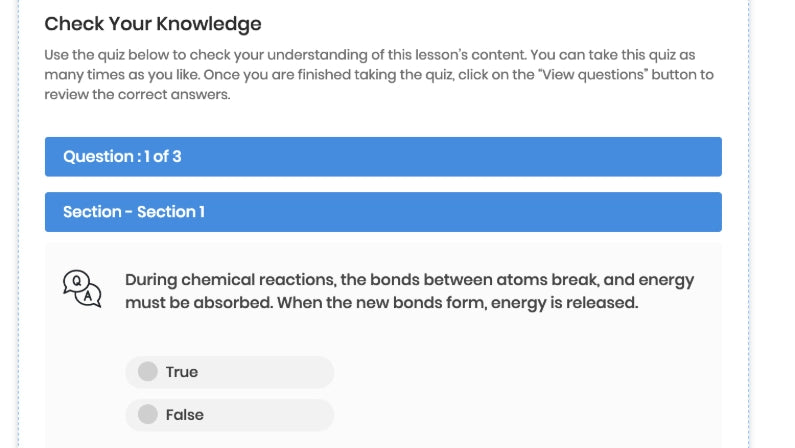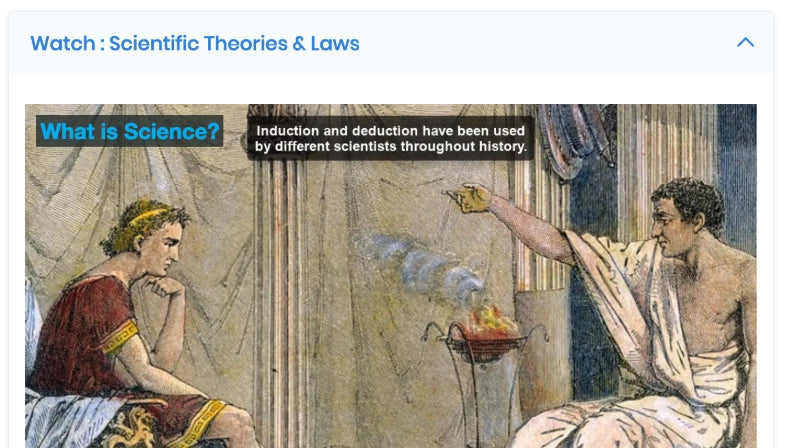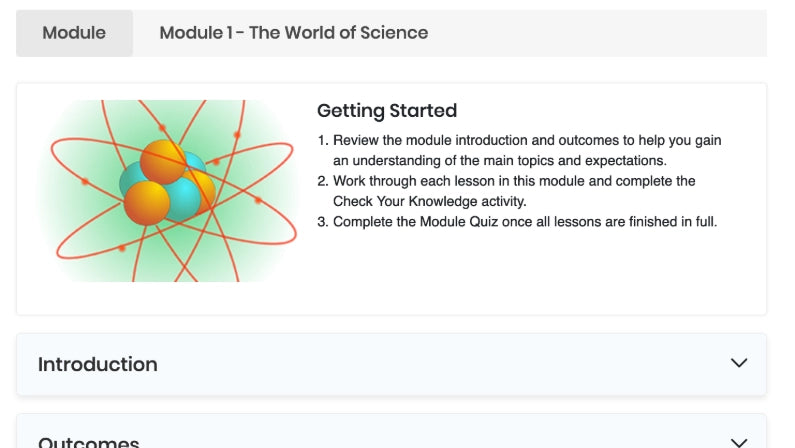Dual Advisors
Introduction to Physical Sciences & Lab (PHSCI 1103)
Introduction to Physical Sciences & Lab (PHSCI 1103)
Couldn't load pickup availability
COURSE ID: PHSCI 1103
Introduction to Physical Sciences & Lab is an introductory course designed to give students an opportunity to explore the basic concepts of physical science. Students will be introduced to the foundations of science, including skills, assumptions, and the role of technology in science. Then, students will learn about matter, atoms, and the periodic table. Students will dive into the chemical side of physical science with an introduction to chemical reactions and the chemistry of carbon and solutions. They will explore motion, forces, work, machines, and energy as well as nuclear energy and thermal energy. Lastly, students will get an introduction to waves, sound, and electromagnetic radiation. The course provides extensive examples and practice for students to explain and apply concepts.
Additionally, the Physical Sciences Lab provides a comprehensive introduction to the laboratory study of fundamental concepts of physics and chemistry. Students will learn about lab safety and how to analyze and solve problems using critical thinking and the scientific method. This course will focus on topics such as atomic structure, motion and force, sound, and light, with an emphasis on technology, data collection, and analysis. Students will complete 10 mastery assignments with lab activities including formal lab reports, critical thinking exercises, and thirteen lab reports.
By the end of the course, you will be able to:
- The student will evaluate and explain the structure and properties of matter including identifying the function and role of atoms, the periodic table, and nuclear energy as it relates to matter.
- The student will evaluate and explain chemical reactions including how these reactions relate to energy and matter.
- The student will evaluate and explain forces and interactions as they relate to objects and systems of objects.
- The student will evaluate and explain energy including the relationship between energy and force, chemical processes, conservation, and transfer.
- The student will evaluate and explain waves and electromagnetic radiation as they relate to the history of scientific discovery and current technologies.
4 Credit Hours
Share

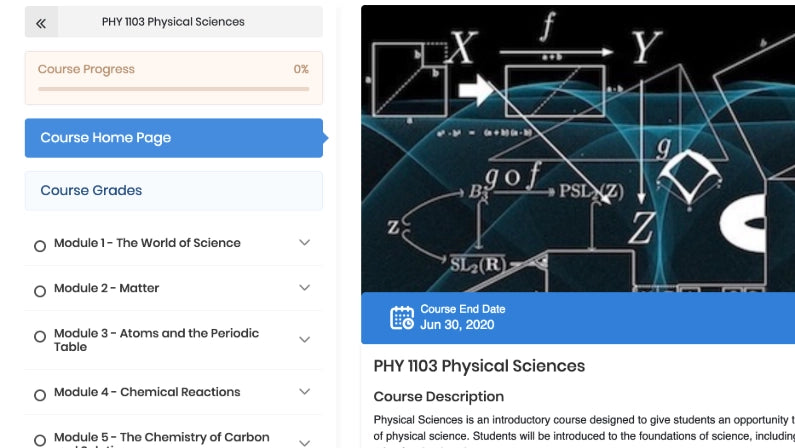
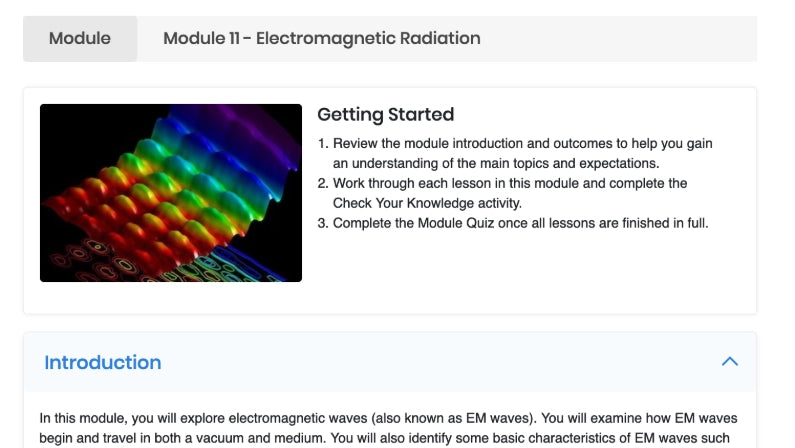
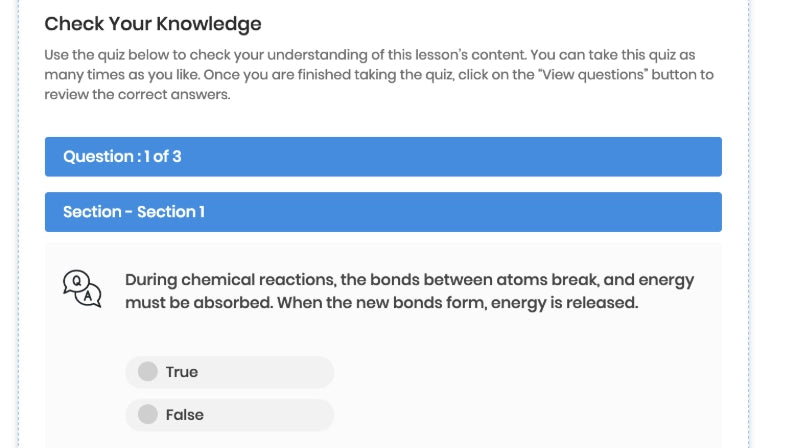
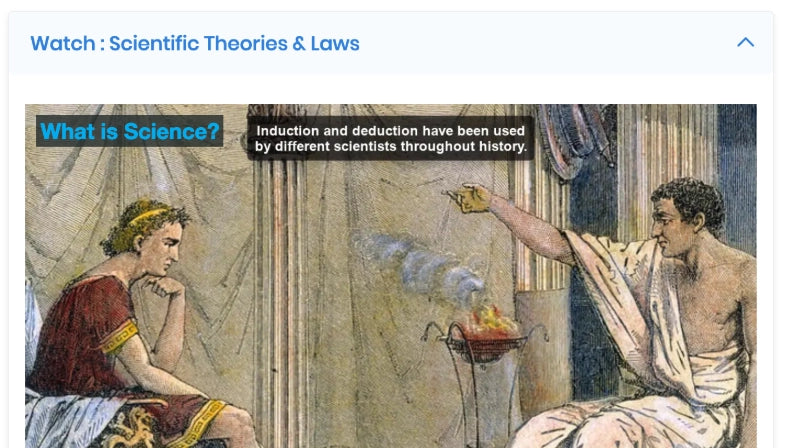
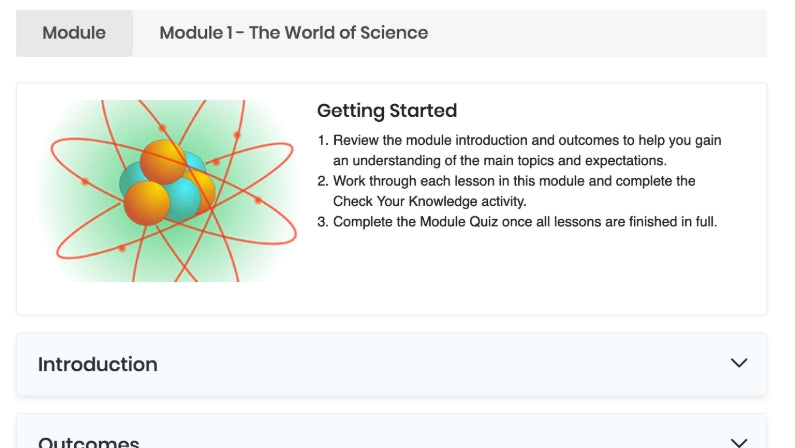
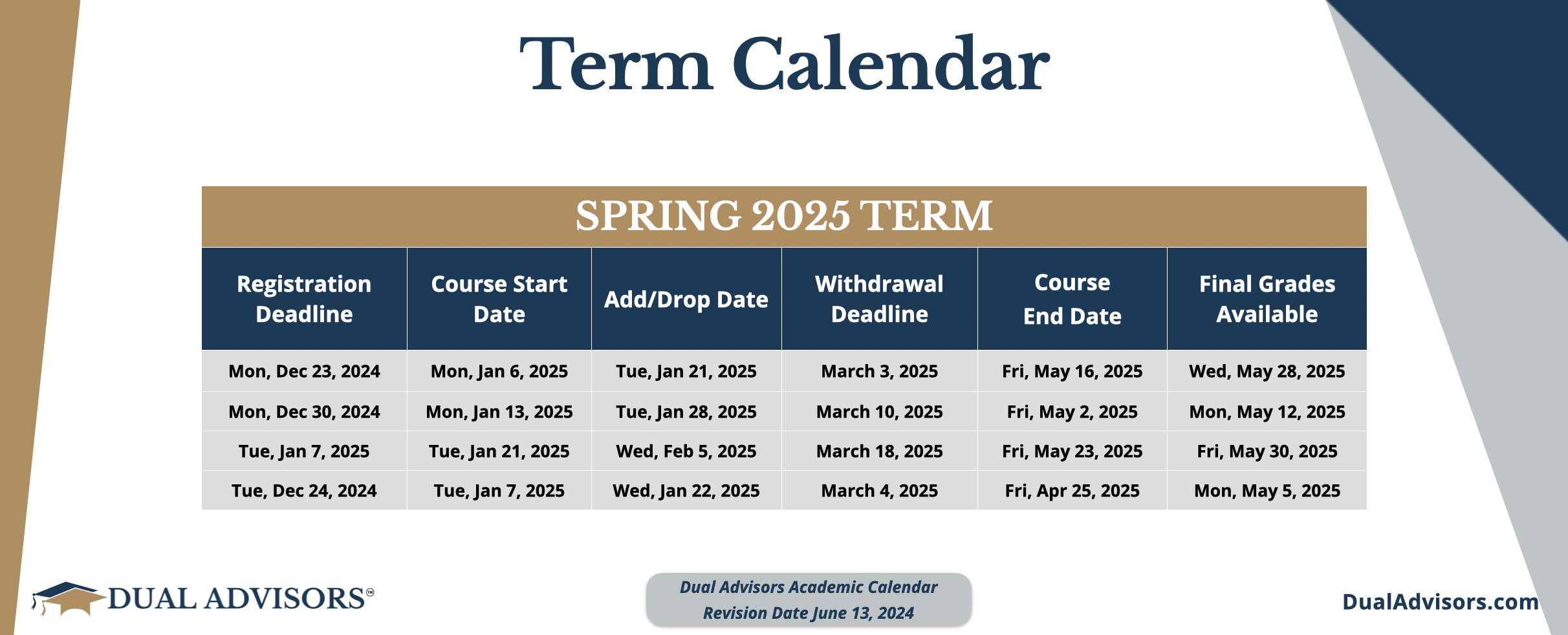
FAQs
What courses are available to take?
Dual Advisors currently offers 27 online, fully accredited dual-credit and college-level courses through partnerships with universities and colleges across the United States. These include:
- United States History 1
- United States History 2
- Language and Composition
- American Government
- Introduction to Communication
- Introduction to Biology
- Introduction to Biology: LAB
- Quantitative Analysis 1
- Principles of Psychology
- Introduction to Information Technology
- Chemistry 1
- Chemistry 1: LAB
- Latin 1
- College Algebra
- Physical Sciences
- Physical Sciences: LAB
- College Readiness (1-Credit)
- Introduction to Christianity
- World Civilizations 1
- Microeconomics
- Research and Composition
- Old Testament
- Introduction to Business and Entrepreneurship
- Survey of the New Testament
- Music Appreciation
- Philosophy of Life
- Introduction to Literature
Course materials & books
Each course is conducted entirely online. It provides students with all required learning resources, materials, exam proctoring expenses, and dedicated support from expert mentors, professors, and student teachers.
What support & accountability can I expect to receive?
There are several layers of support available to ensure every student's success. Each course has its own academic support system in addition to the support provided by Dual Advisors. The course instructors are experienced and actively participate in your learning, holding regular office hours and being available for any questions. Student Coaches are also available to check on your progress, organize study groups, and assist you in setting goals for success.
Can I transfer my earned credits to my choosen university or college?
Our coursework is accredited by the top regional and national standards. It is transcribed by a University or College and supported by professors who meets these standards. Generally, these credits will transfer to your selected university or college just like any other on-campus credits or AP coursework. Moreover, our Dual Advisors can proactively communicate with the admissions department at your chosen university to ensure that the credits are equivalent and transferable.
Age & identification requirements
Dual credit coursework is available for students who are at least 13 years old. To receive transferable college credit for this course, Dual Advisors and its partners will need to verify your identity using a government-issued or school-issued photo ID. Make sure to have your ID ready for the proctored mid-term and final examinations, as well as when applying for a transcript. You can start studying for this course without the appropriate identification, but it is necessary to have a government-issued or school-issued photo ID before scheduling the mid-term exam.
Technological requirements
All dual credit coursework is conducted online, requiring access to a computer or laptop, as well as consistent internet connectivity. Make sure your device meets the minimum requirements for completing a course for credit by reviewing the information specific to your operating system.
FOR PC:
Hardware
- Intel Core 2 Duo (or AMD 64×2 Dual-Core) processor
- 1 GB RAM
- 80 GB hard drive
- 1024×768 resolution monitor
- Soundcard with microphone and speakers
- Built-in or external webcam
- Broadband internet connection with speeds of at least 2 Mbps download and 2 Mbps upload. Hot spots are not recommended. Test internet speed at: http://www.speedtest.net
- Browser with pop-up blocker disabled
Software
- Windows 7 or above
FOR MAC:
Hardware
- Intel Core 2 Duo (or AMD 64×2 Dual-Core) processor
- 1 GB RAM
- 80 GB hard drive
- 1024×768 resolution monitor
- Soundcard with microphone and speakers
- Built-in or external webcam
- Broadband internet connection with speeds of at least 2 Mbps download and 2 Mbps upload. Hot spots are not recommended. Test internet speed at: http://www.speedtest.net
- Browser with pop-up blocker disabled
Software
- Mac OS 10.6 “Snow Leopard” or above
Workload & completion time allotment
In each dual credit course, you can expect to spend around 135-160 contact hours. A significant portion of this time will be dedicated to reading the material, watching instructional videos, and completing the Check Your Knowledge Participation Quizzes. To complete the larger mastery assignments, you should set aside at least 20 hours, and the rest of your time should be devoted to studying for and taking your midterm and final exams. Term and semester start and completion dates are selected at course enrollment.
Drop date & refund policy for coursework
Students can receive a full refund if they drop the course within 15 days of their purchase.
For more detailed information about Dual Advisors' refund and drop date policies, see our Refund & Drop Date Policies Page.
Request a Transcript
Once you have successfully finished the course and obtained a passing grade, you have the opportunity to request an official transcript from our partnered university. Usually, the transcript can be requested for a small additional fee, typically between $20-$50 each. This transcript can be applied towards a future degree program at the partnering institution, or it can be transferred to another college or university of your choice. To gain clarity on how these credits can be utilized, we suggest contacting the admissions office at the specific educational institution you plan on attending. In case you have additional questions, Dual Advisors are available to provide definitions, tips, and assist with your interactions.
Earning an Associates Degree
By combining the pursuit of a college Associates degree with high school graduation, students can seize an exceptional opportunity. This simultaneous achievement is not only possible but also actively encouraged. Opting for an online accelerated degrees program ensures that completion can be accomplished within a year, catering to individuals who value efficiency. Nevertheless, it's worth noting that many dual credit students opt for a more flexible timeline of 2-3 years to ensure a balanced workload. Engaging with Dual Advisors will provide valuable insights into this possibility and how it aligns with personal goals.


